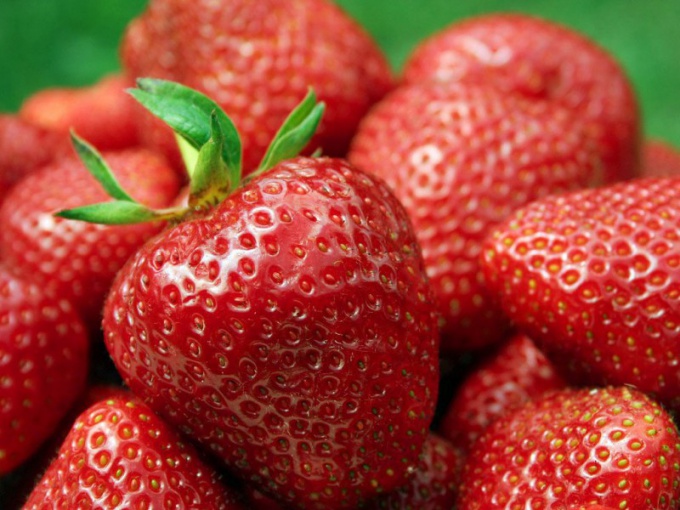You will need
- - preparations against pests;
- nitrogen fertilizer;
- - potassium-phosphorous fertilizer;
- black plastic film;
- - the straw.
Instruction
1
First, it is important to choose high yielding variety. Now varietal planting material you can freely buy not only in the markets, but also through the Internet. And it's not just sockets, but the seeds sown during the winter, you will receive young trees in the summer. Or even try out the first ones, although they still will not be enough. But the next year your beds will delight with a decent crop, if for strawberries to look right.
2
In winter, cover the strawberries with straw, if you live in cold regions. Additionally jot down the snow as soon as possible. After a long winter, remove the cover. Do it early, as soon as the snow starts to melt, otherwise the strawberries can vypret. If you still have the threat of frost simply open the straw, and all do not remove.
3
After the snow melts, paraglide soil. A strawberry treat from pests. For this purpose prepare a solution. Take 2 pellets of drugs "Healthy garden" and "Amberin" 2 drops "Zircon", drop 4 "Uniflora" and 6 drops of "Fitofarm". All of this is dissolved in 1 liter of water and spray bushes.
4
Feed the strawberries. For this approach to nitrogen fertilizer. They will strengthen the growth of the aerial part. Dilute the fertilizer according to the instructions and treat the soil in the beds. In summer, use a potassium-phosphate fertilizer, they will grow the crop.
5
Follow the soil moisture timely watering, loosen soil, remove weeds. You can cover the strawberries in black plastic wrap, making slits for the bushes. Under this shelter inhibited the growth of weeds, and caring for strawberries is much easier.
6
In the period of mass ripening of berries reduce watering, otherwise will rot. Some gardeners remove all of the emerging whiskers, so more nutrients flow to the ovaries.
7
After harvest, trim the mustache if you didn't delete them earlier, and if you don't expect the strawberries to reproduce. In the latter case, leave the first 1-2 sockets. When they are rooted, transplant them to a permanent place.

